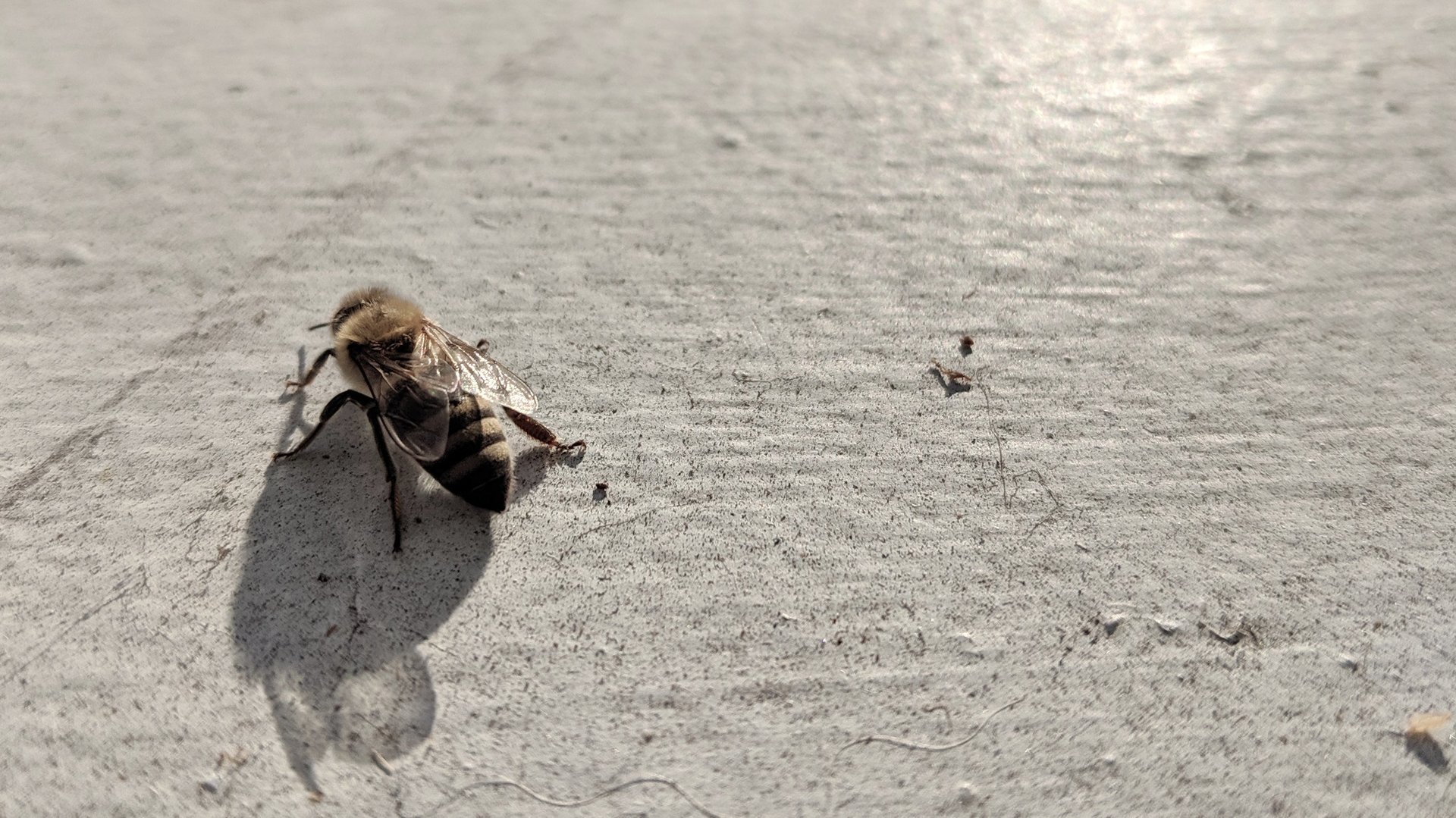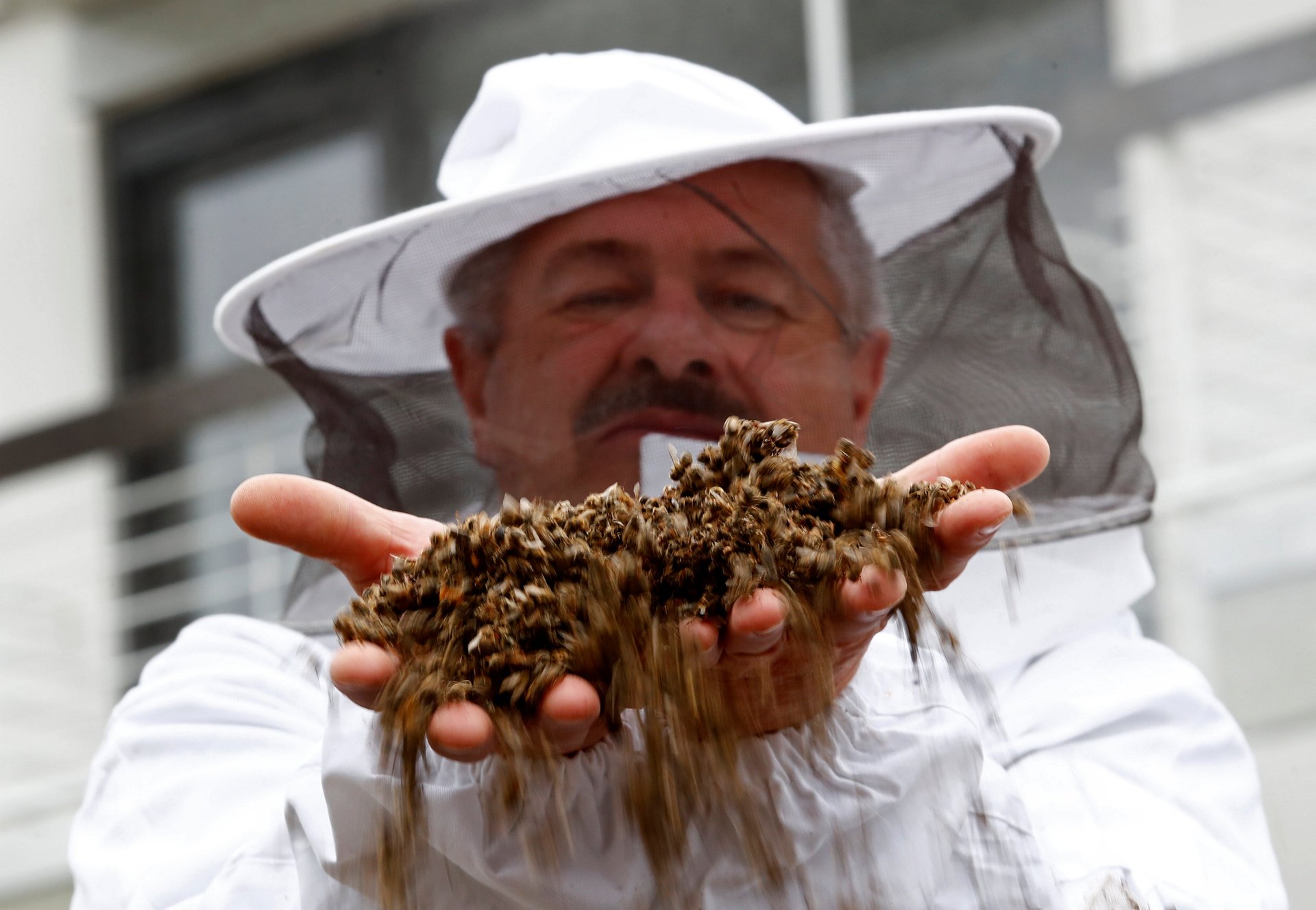Half a billion dead honey bees in Brazil show what happens when you roll back pesticide regulations
Insecticides kill insects.


Insecticides kill insects.
It should be no surprise, then, that in Brazil, which has seen a 27% increase in pesticide sales since last year, roughly 500 million honey bees were found dead in piles across four states in early spring. The country’s pesticide use has grown by 770% between 1990 to 2016, as reported by Bloomberg.
Insecticides like sulfoxaflor and neonicotinoids have been shown to harm bees, impairing their reproductive health and even killing them outright. Combined, these stresses contribute to an event known as a colony collapse, where many thousands of bees suddenly die. The cause of these mysterious deaths eluded entomologists for a decade; now, study after study has pinned them on the chemicals.

“These [pesticides] are meant to kill insects,” says John Tooker, an applied insect ecologist at Penn State. “The realization that bees are insects, and that insecticides kill bees, is mind-boggling to entomologists. I mean, no shit.”
Despite their inherent risks to pollinators, governments—including the administration of Brazilian president Jair Bolsonaro—have relaxed rules controlling pesticide use. In the US, the Environmental Protection Agency (EPA) has reversed course on dozens of Obama-era insecticide bans, permitting certain applications under “emergency exemptions.” Meanwhile, analysis of the UK’s Brexit laws revealed proposed legislation would do away with an executive arm meant to review and ban harmful pesticides.
The deregulation of pesticides comes at a moment when human interventions are threatening 40% of the planet’s insect population with extinction. When asked about Brazil’s half-billion dead honey bees, Tooker replied: “I think it’s safe to say: If you increase the amount of insect killing contaminants in the environment the amount of insects are going to go down.”
Tooker expects to see similar declines in the US honey bee population. That might be harder to track, however. Due to budget constraints, the US Department of Agriculture (USDA) suspended its collection of honey bee death estimates. An Obama White House initiative that surveyed over 3,000 beekeeping operations across the country, the “Honey Bee Colonies report,” was meant to understand pollinator declines in the US due to—among many causes—“exposure to pesticides.”
In the US, beekeepers are fully aware of the struggles facing their industry. A 2019 report found that four in 10 colonies were lost in the worst winter for US honey beekeepers ever recorded. It’s clear that if insecticides continue to be used freely, insects like honey bees will continue to die.